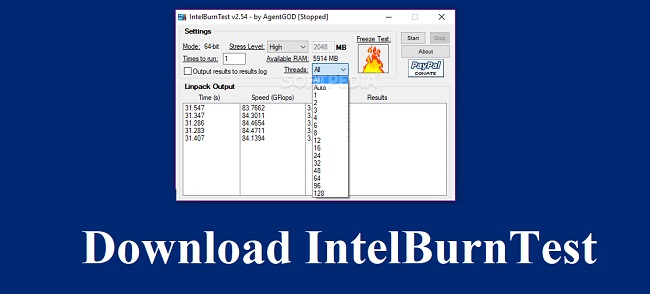

Simply drop the heatspreader into position, on top of the glue traces. To do this locate the gold triangle on the processor, then make sure it’s aligned with the bottom left of the IHS’s text. It’s important here that you orient the IHS the correct way round. Once that’s done, we can reattach the IHS. What you’ll want to do here is simply apply a small amount of glue along the remaining glue traces on the CPU itself. To do this we recommend you pick up a heatproof and waterproof adhesive. You can, just place the processor into a motherboard socket, carefully put the IHS back down on top, and then use the motherboard’s socket bracket to secure the assembly into position, or alternatively glue the IHS back down and clamp it, so you can swap it in and out of motherboards without worrying later on. Securing Down the IHSĪt this point you have two options. I personally use a finger nail to do this, although you can do it with a sharp edged blade. We’ll be adding a fresh layer anyway, but by removing the glue residue from the IHS we’ll be reducing the total height between the heatspreader and the silicon, and improving thermal performance. Once that’s done, we recommend cleaning up the IHS of all of the glue that stuck it down to the chip to begin with. Make sure you’re using non-conductive thermal paste, that way it doesn’t matter too much if you make a mess, and some spills out onto the green PCB. To do this, apply a small dot of paste in the middle of the silicon, and then spread it, either with a paste spreader, or an old business card or credit card you no longer use. Once that’s done, you can apply your own thermal paste to the chip. Once out use an alcohol wipe, or a microfiber cloth and isopropyl alcohol to clean off both the processor and the heat spreader of Intel’s thermal paste. The IHS is the vast majority of a processor’s weight, so be careful when picking the CPU up out of the device. Carefully take the IHS off of the chip, and remove the processor from the device. Once that’s done, undo the bolt, and remove the IHS remover from the device, you should now be able to see that the heat spreader has cleanly slid off of the processor.

As you can see from our charts above, you can effectively reduce your temps using liquid-metal from anywhere between 8 and 15 degrees Celsius on average, again dependent on clock-speed and workload. Liquid-metal is the far superior alternative (one we’ll be showcasing later), but it comes with an added risk factor as it’s conductive, so any spillage on the side of the PCB can cause irreparable damage to the processor. The paste Intel use is typically of poor quality, and with this you can expect to see temperature improvements ranging from 3 to 5 degrees Celsius, dependent on overclock, and load application.
Were do i download intel burn test how to#
Although it doesn’t come with a Turbo, or hyper-threading, it’s a fairly sound gaming processor, or overclocking chip for any budget tinkerer.įor this guide we’re going to be showing you how to replace the thermal paste between the chip and the IHS with some of Noctua’s NT-H1 TIM instead. It’s a fairly well rounded processor, not too dissimilar from the old i5s of Kaby Lake and prior. We’re going to be using the Intel Core i3-8350K for our demonstration chip.


 0 kommentar(er)
0 kommentar(er)
